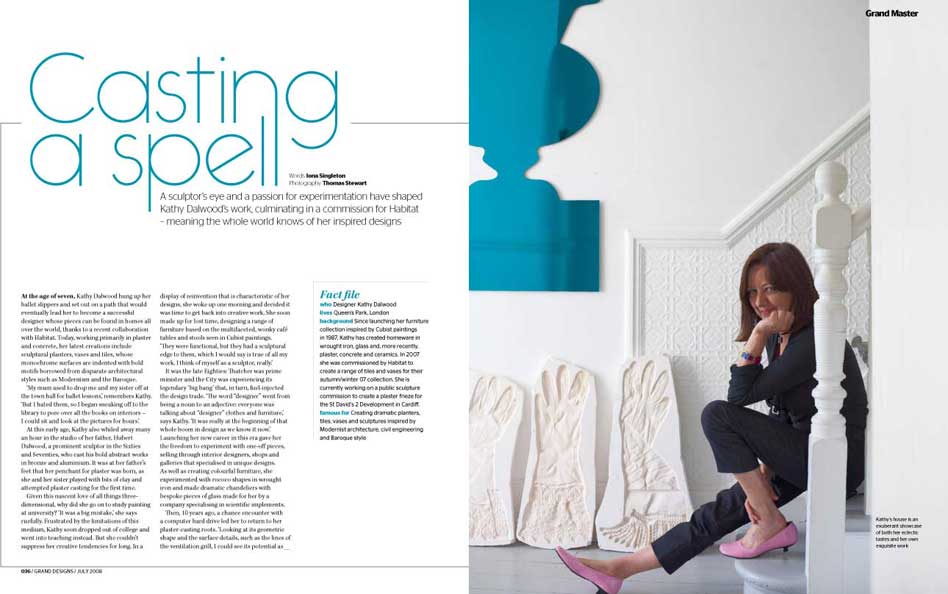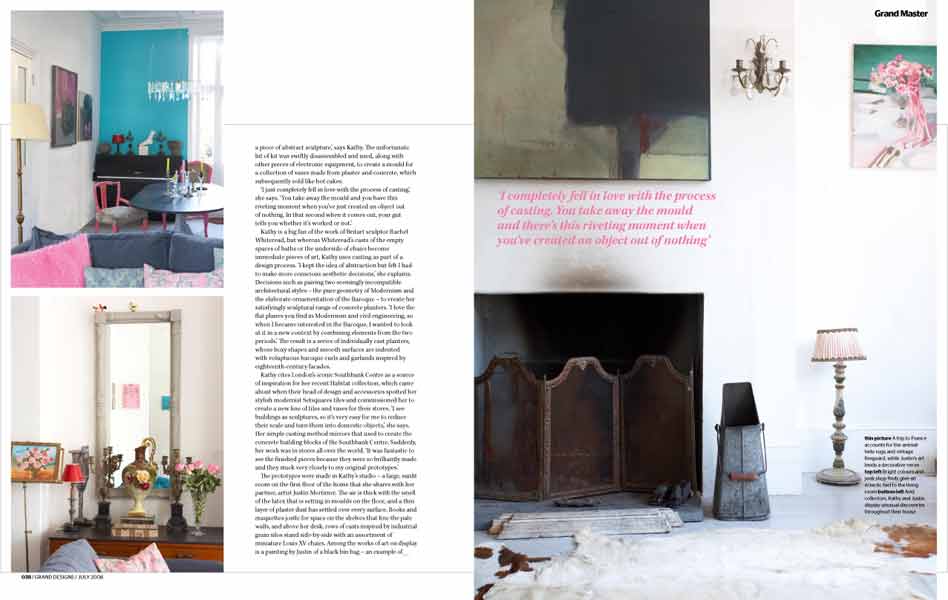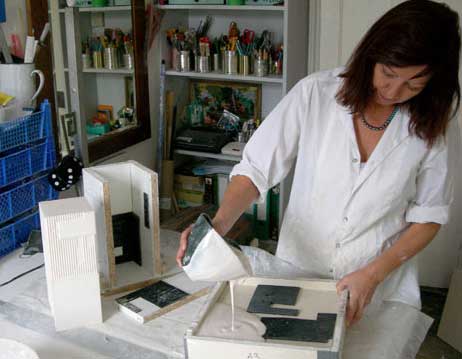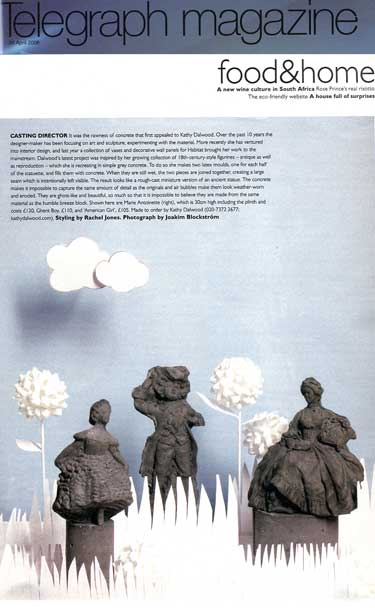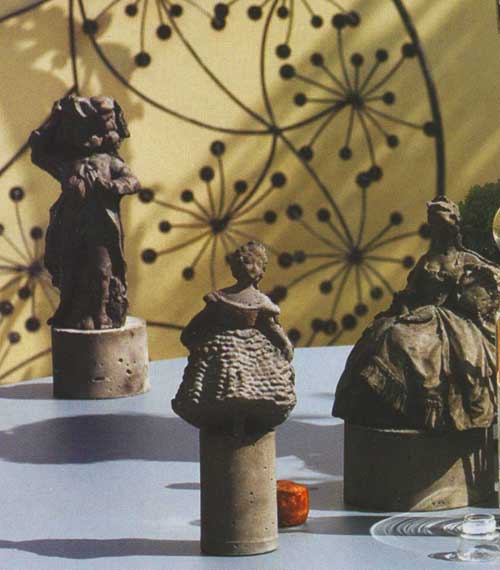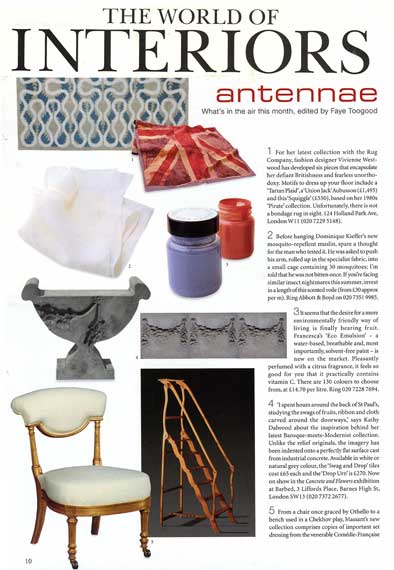press
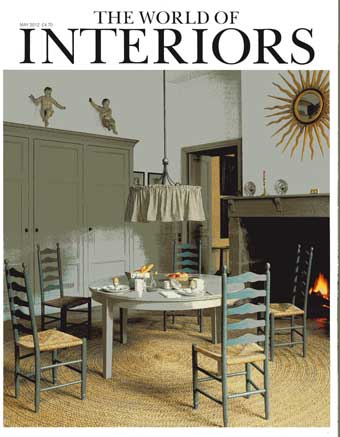
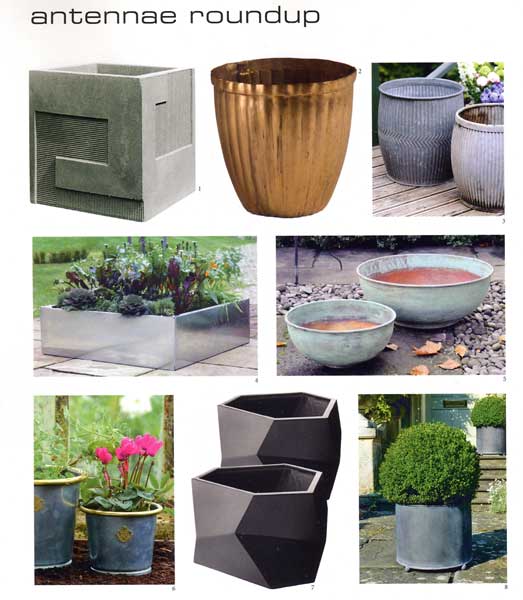
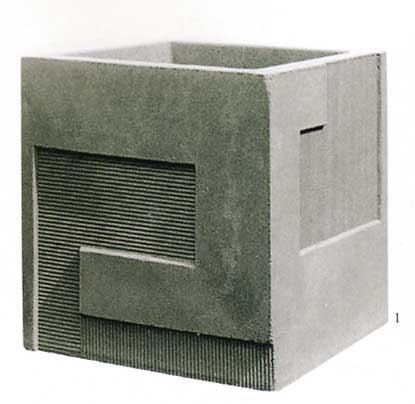
May
2012 Concrete
planters
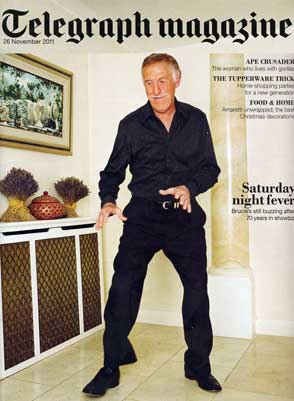
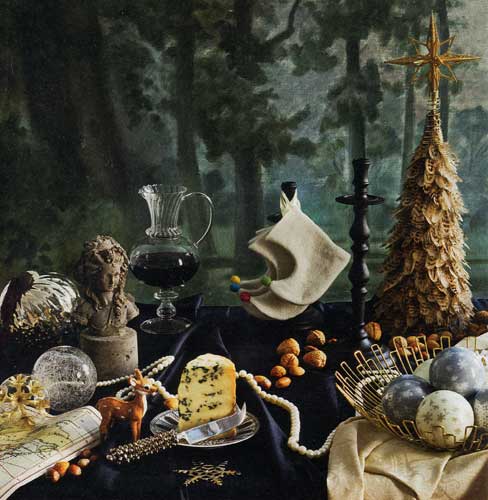
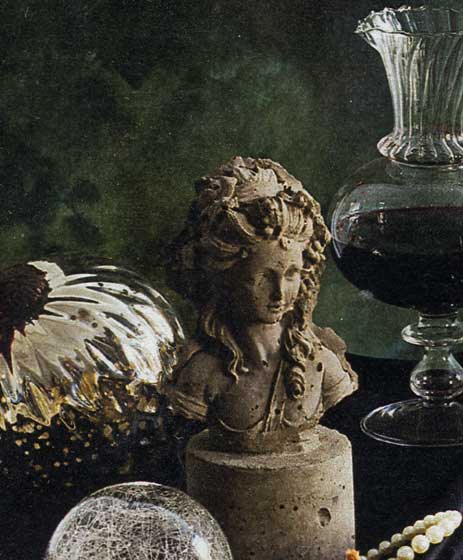
December 2011 Concrete figurines
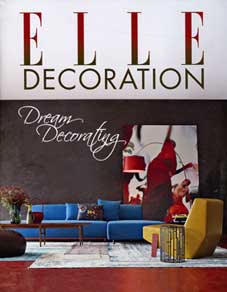
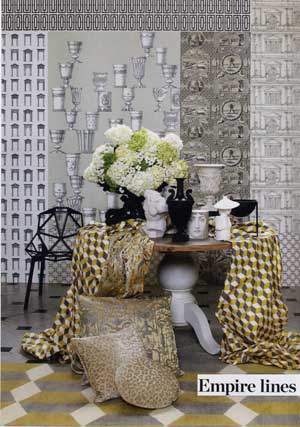
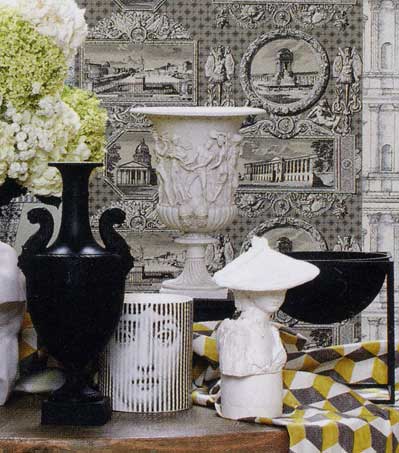
October 2011 Demoiselle D plaster busts
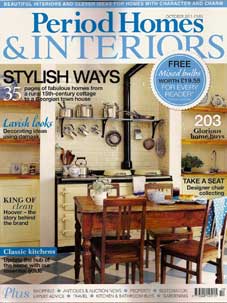
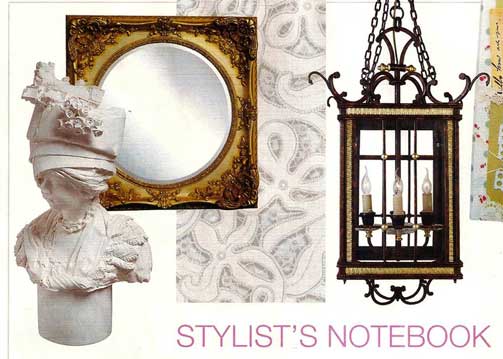
September 2011 Ms Chattanooga plaster busts
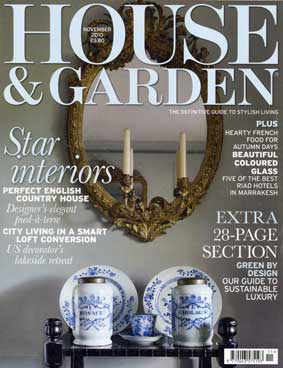
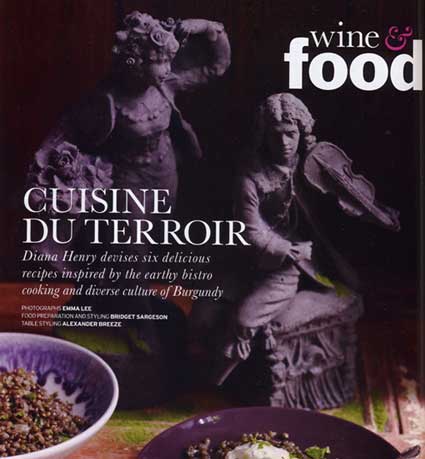
May 2011 concrete
figurines
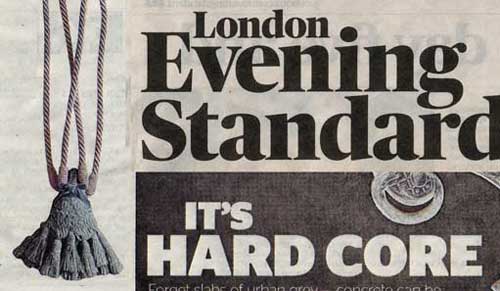
April
2011 concrete
tassels
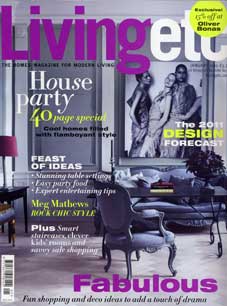
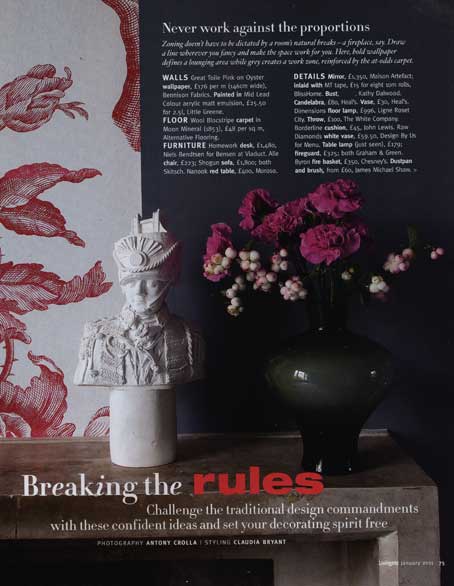
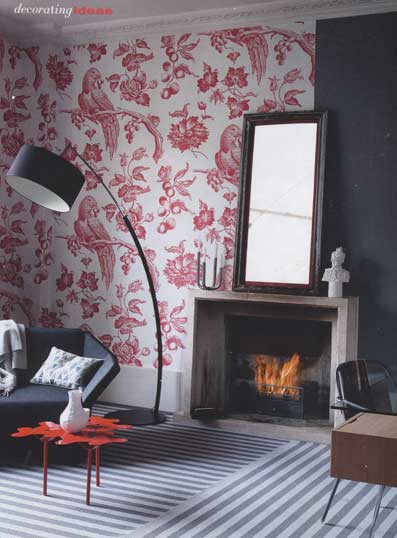
January 2011 Tower Bridge Dragoon
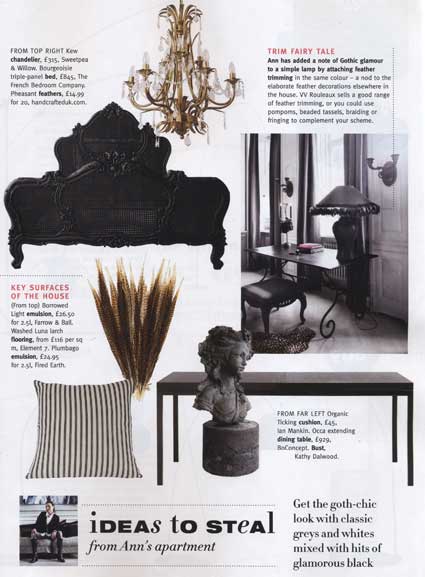
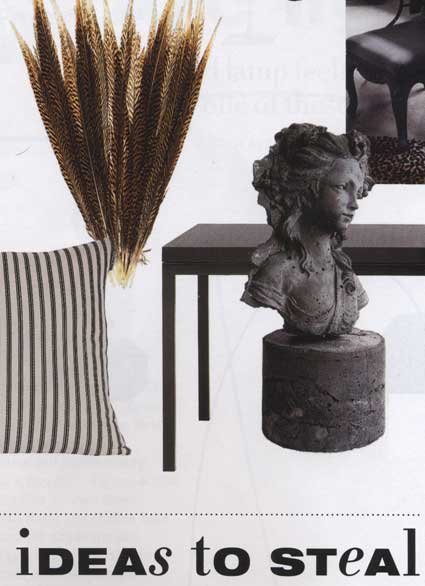
Concrete Figurine: Atlanta Girl
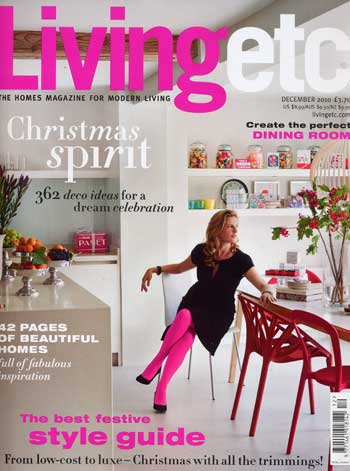
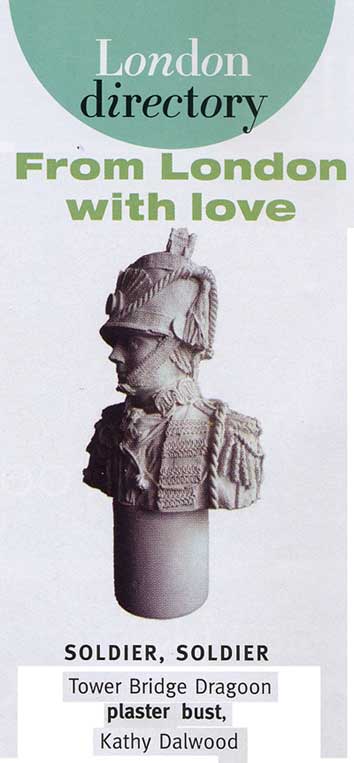
November 2010 Plaster Bust Collection
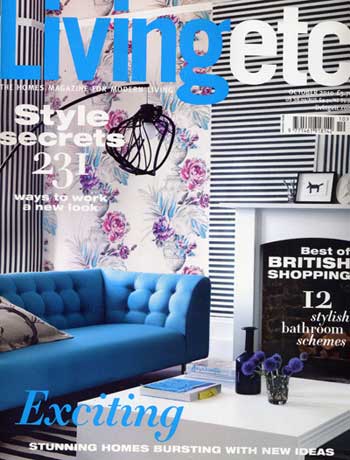
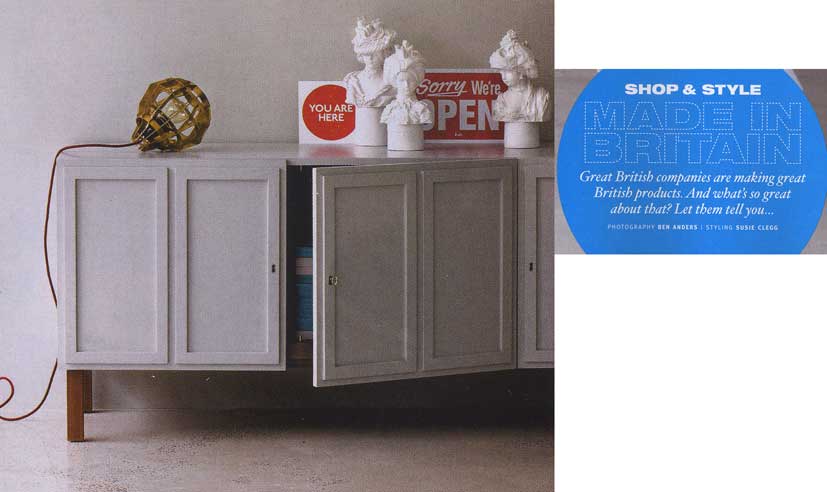
October 2010 Plaster Bust Collection
THE HUNTER & GATHERER
Post title: CASTING ABOUT
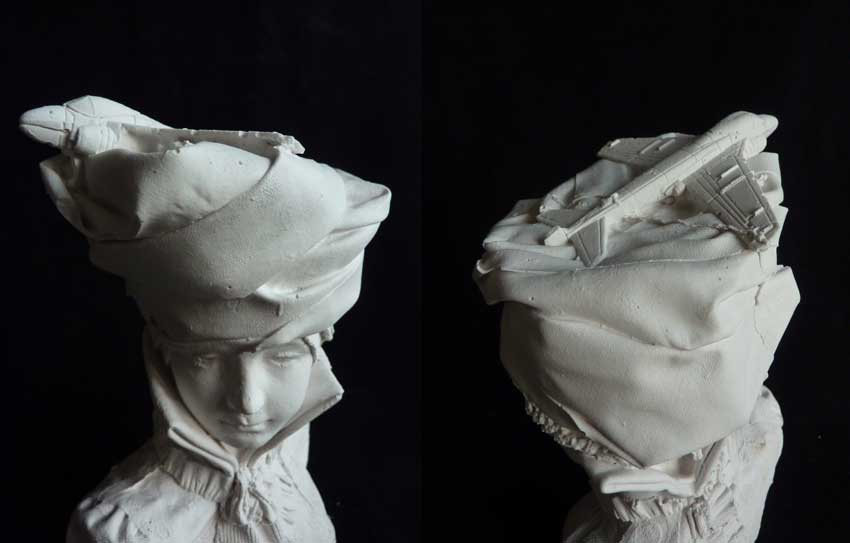 click image
click image
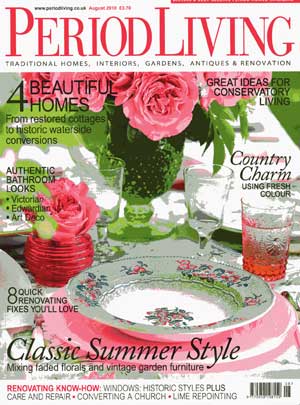
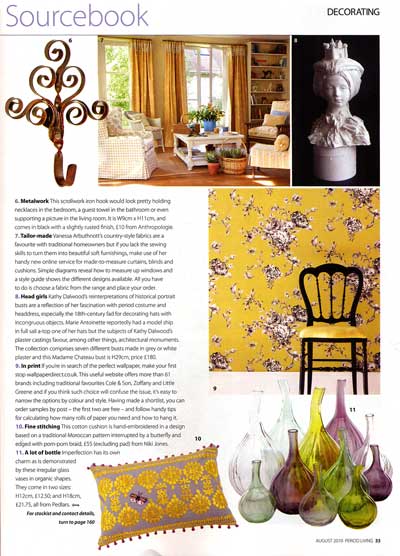
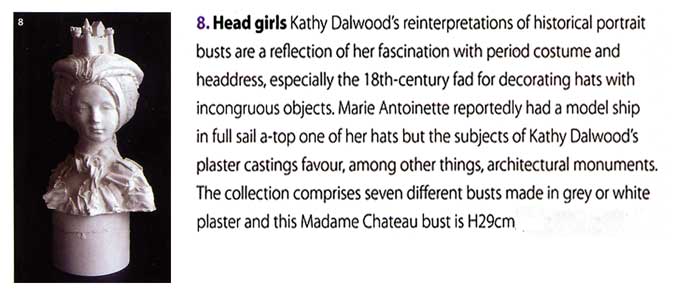
August 2010 Plaster Bust Collection
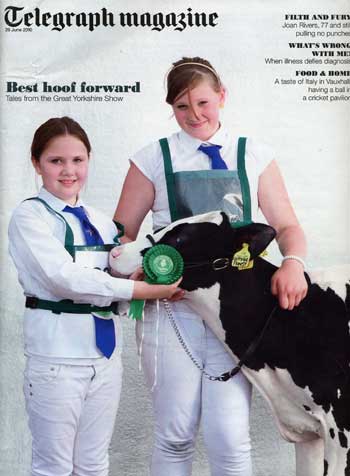
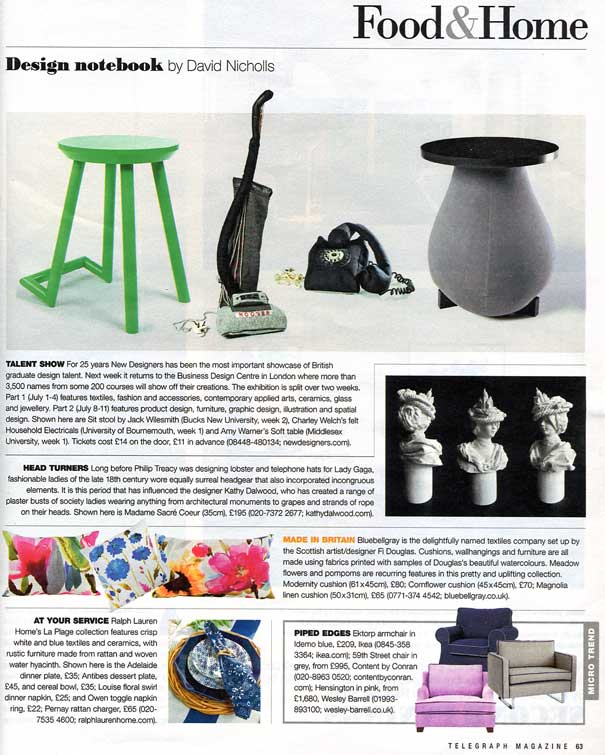
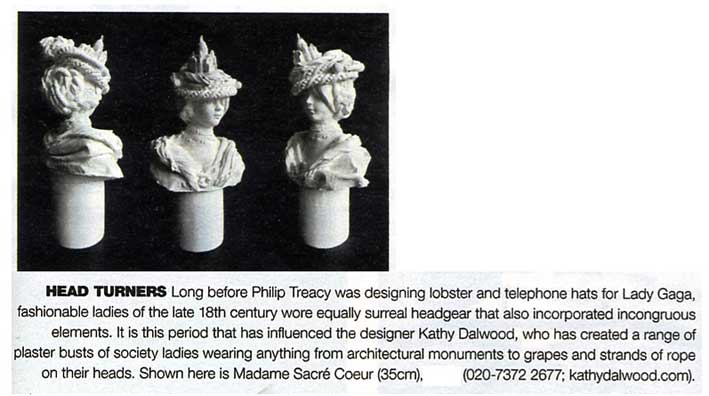
June 2010 Plaster Bust Collection
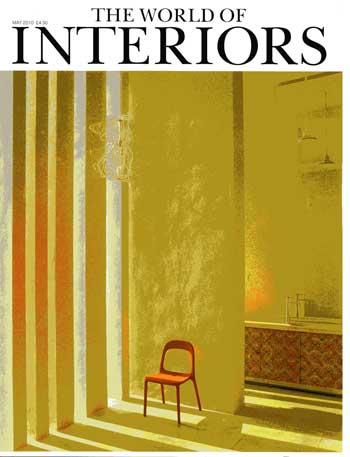
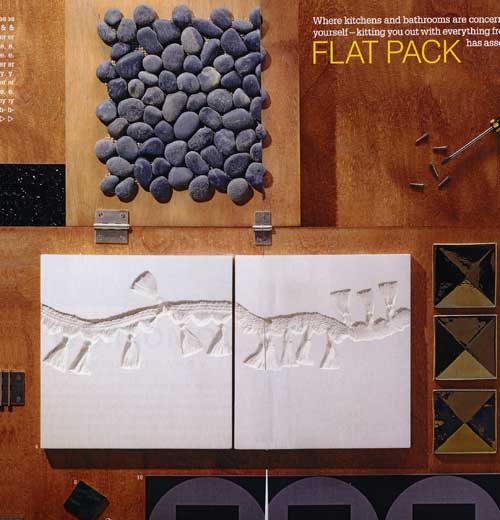
May 2010 featuring tiles & friezes

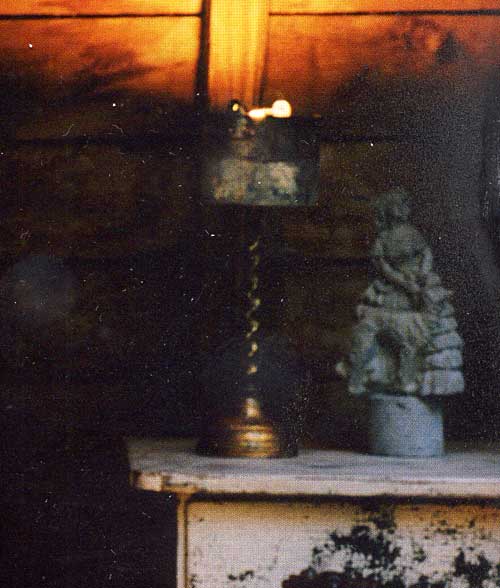
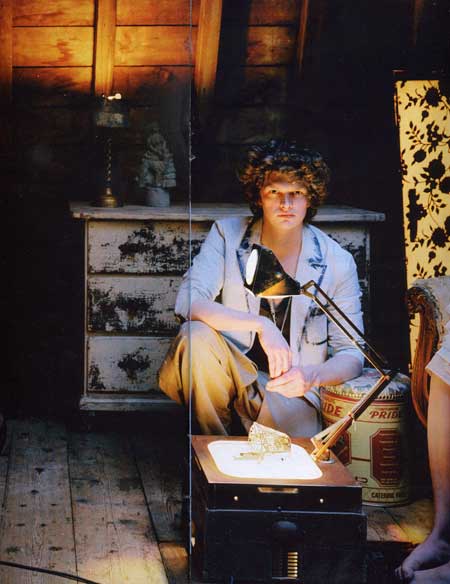
April 2010 featuring figurines
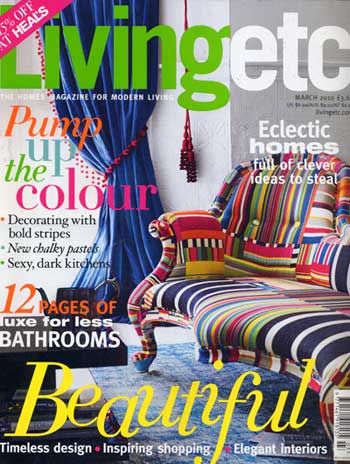
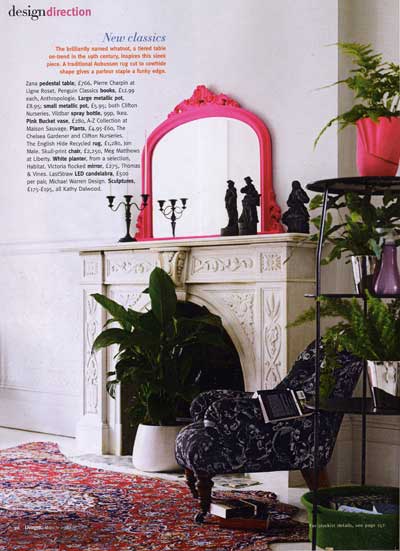
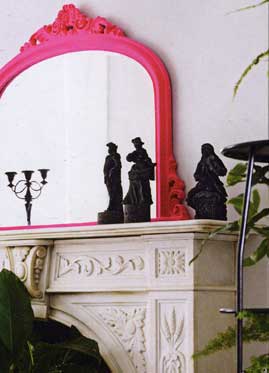
March
2010 featuring
figurines
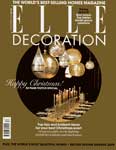
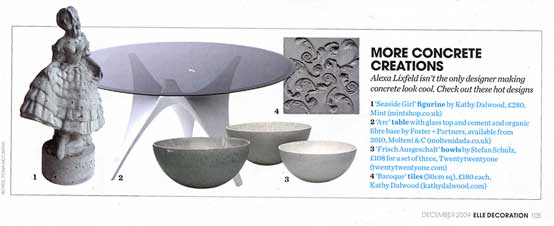
December
09
featuring figurines
and concrete baroque tiles
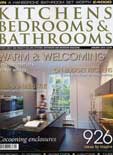
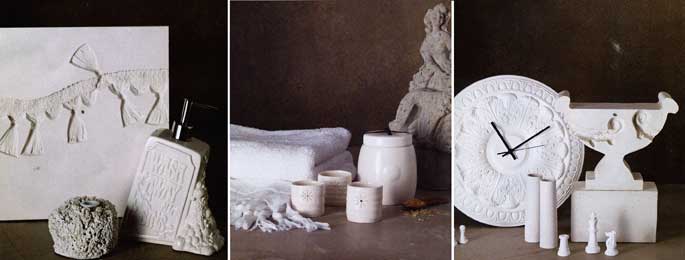
January
2010 featuring
tassel
tile figurines
concrete
urn sculpture
Grand Masters feature 2008
link to Grand Designs Magazine
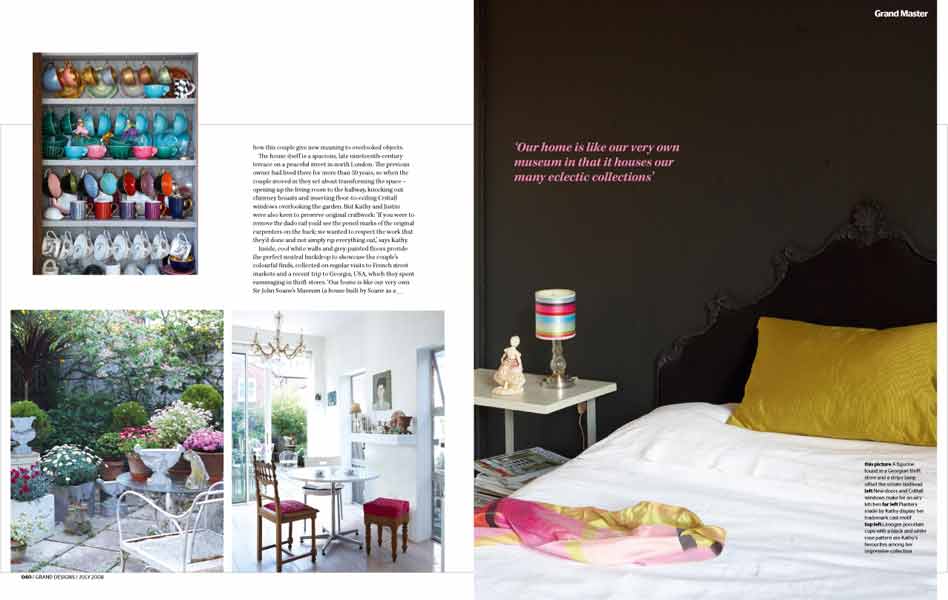
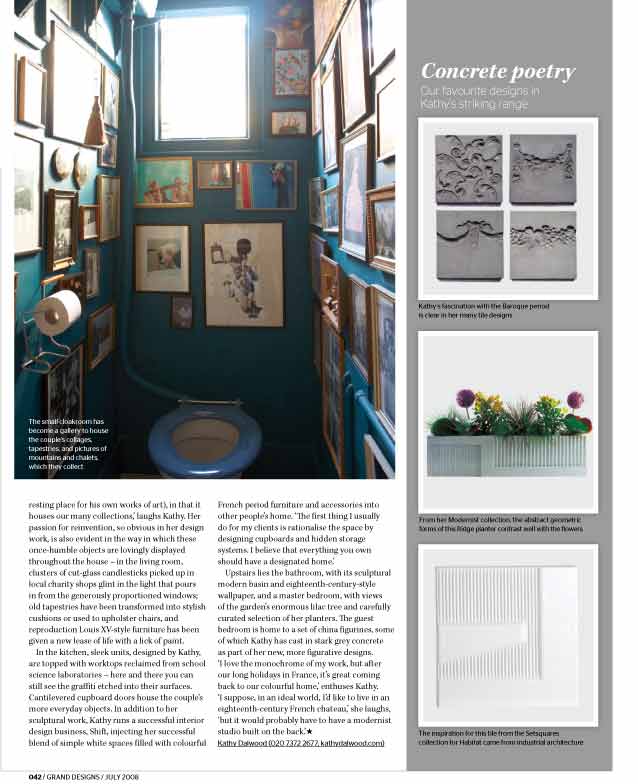
Casting a spell Grand Masters feature - Grand Designs Magazine
Words: Iona Singleton
Photography: Thomas Stewart
1
At
the age of seven, Kathy Dalwood hung up her
ballet slippers and set out on a path that would
eventually lead her to become a successful
designer whose pieces can be found in homes all
over the world, thanks to a recent collaboration
with Habitat. Today, working primarily in plaster
and concrete, her latest creations include
sculptural planters, vases and tiles, whose
monochrome surfaces are indented with bold
motifs borrowed from disparate architectural
styles such as Modernism and the Baroque.
‘My mother used
to drop me and my sister off at
the town hall for ballet lessons,’ remembers Kathy.
‘But I hated them, so I began sneaking off to the
library to pore over all the books on interiors –
I could sit and look at the pictures for hours.’
At this early age,
Kathy also whiled away many
an hour in the studio of her father, Hubert
Dalwood, a prominent sculptor in the Sixties
and Seventies, who cast his bold abstract works
in bronze and aluminium. It was at her father’s
feet that her penchant for plaster was born, as
she and her sister played with bits of clay and
attempted plaster casting for the first time.
Given this nascent love of all things three dimensional,
why did she go on to study painting at university?
‘It was a big mistake,’ she says ruefully.
Frustrated by the limitations of this
medium, Kathy soon dropped out of college and
went into teaching instead. But she couldn’t
suppress her creative tendencies for long. In a
display of reinvention that is characteristic of her
designs, she woke up one morning and decided it
was time to get back into creative work. She soon
made up for lost time, designing a range of
furniture based on the multifaceted, wonky café
tables and stools seen in Cubist paintings.
2
‘They
were functional, but they had a sculptural
edge to them, which I would say is true of all my
work. I think of myself as a sculptor, really.’
It was the late Eighties: Thatcher was prime
minister and the City was experiencing its
legendary ‘big bang’ that, in turn, fuel-injected
the design trade. ‘The word “designer” went from
being a noun to an adjective: everyone was
talking about “designer” clothes and furniture,’
says Kathy. ‘It was really at the beginning of that
whole boom in design as we know it now.’
Launching her new career in this era gave her
the freedom to experiment with one-off pieces,
selling through interior designers, shops and
galleries that specialised in unique designs.
As well as creating colourful furniture, she
experimented with rococo shapes in wrought
iron and made dramatic chandeliers with
bespoke pieces of glass made for her by a
company specialising in scientific implements.
Then,
10 years ago, a chance encounter with
a computer hard drive led her to return to her
plaster-casting roots. ‘Looking at its geometric
shape and the surface details, such as the lines of
the ventilation grill, I could see its potential as
a piece of abstract sculpture,’ says Kathy. The unfortunate bit
of kit was swiftly disassembled and used, along with other pieces of electronic
equipment, to create a mould for a collection of vases made from plaster
and concrete, which
subsequently sold like hot cakes.
‘I
just completely fell in love with the process of casting,’she says.
‘You take away the mould and you have this riveting moment when
you’ve just created an object out of nothing. In that second when
it comes out, your gut tells you whether it’s worked or not.’
3
Kathy
is a big fan of the work of Britart sculptor Rachel
Whiteread, but whereas Whiteread’s casts of the emptyspaces of baths
or the underside of chairs become immediate pieces of art, Kathy uses
casting as part of a design process. ‘I kept the idea of abstraction
but felt I had to make more conscious aesthetic decisions,’ she
explains.
Decisions such as pairing two seemingly incompatible
architectural styles – the pure geometry of Modernism and the elaborate
ornamentation of the Baroque – to create her satisfyingly sculptural
range of concrete planters. ‘I love the flat planes you find in
Modernism and civil engineering, so when I became interested in the Baroque,
I wanted to look at it in a new context by combining elements from the
two
periods.’
The result is a series of individually cast planters,
whose boxy shapes and smooth surfaces are indented with voluptuous baroque
curls and garlands inspired by eighteenth-century facades.
Kathy cites London’s
iconic Southbank Centre as a source of inspiration for her recent Habitat
collection, which came about when their head of design and accessories
spotted herstylish modernist Setsquares tiles and commissioned her to
create a new line of tiles and vases for their stores.
‘I see buildings as sculptures, so it’s very easy for me to
reduce their scale and turn them into domestic objects,’ she says.
Her simple casting method mirrors that used to create the concrete building
blocks of the Southbank Centre.
Suddenly,
her work was in stores all over the world. ‘It was fantastic to
see the finished pieces because they were so brilliantly made and they
stuck very closely to my original prototypes.’
The prototypes were made in Kathy’s studio – a large, sunlit
room on the first floor of the home that she shares with her partner,
artist Justin Mortimer. The air is thick with the smell of the latex that
is setting in moulds on the floor, and a thin
layer of plaster dust has settled over every surface. Books and maquettes
jostle for space on the shelves that line the pale walls, and above her
desk, rows of casts inspired by industrial grain silos stand side-by-side
with an assortment of miniature Louis XV chairs. Among the works of art
on display is a painting by Justin of a black bin bag – an example
of how this couple give new meaning to overlooked objects.
4
Inside, cool white walls and grey-painted floors provide the perfect neutral
backdrop to showcase the couple’s colourful finds, collected on
regular visits to French street markets and a recent trip to Georgia,
USA, which they spent rummaging in thrift stores.
‘Our home is like our very own Sir John Soane’s
Museum (a house built by Soane as a resting
place for his own works of art), in that it houses
our many collections,’ laughs Kathy.
Her passion for reinvention, so obvious in her design
work, is also evident in the way in which these
once-humble objects are lovingly displayed
throughout the house – in the living room,
clusters of cut-glass candlesticks picked up in
local charity shops glint in the light that pours
in from the generously proportioned windows;
old tapestries have been transformed into stylish
cushions or used to upholster chairs, and
reproduction Louis XV-style furniture has been
given a new lease of life with a lick of paint.
In the kitchen, sleek
units, designed by Kathy,
are topped with worktops reclaimed from school
science laboratories – here and there you can
still see the graffiti etched into their surfaces.
Cantilevered cupboard doors house the couple’s
more everyday objects. In addition to her
sculptural work, Kathy runs a successful interior
design business, Shift, injecting her successful
blend of simple white spaces filled with colourful
French period furniture and accessories into
other people’s home. ‘The first thing I usually
do for my clients is rationalise the space by
designing cupboards and hidden storage
systems. I believe that everything you own
should have a designated home.’
Upstairs lies the
bathroom, with its sculptural
modern basin and eighteenth-century-style
wallpaper, and a master bedroom, with views
of the garden’s enormous lilac tree and carefully
curated selection of her planters. The guest
bedroom is home to a set of china figurines, some
of which Kathy has cast in stark grey concrete
as part of her new, more figurative designs.
‘I love the monochrome of my work, but after
our long holidays in France, it’s great coming
back to our colourful home,’ enthuses Kathy.
‘I suppose, in an ideal world, I’d like to live in an
eighteenth-century French chateau,’ she laughs,
‘but it would probably have to have a modernist
studio built on the back.’?
click to view PDF version
HABITAT film Every Product Tells a Story
commissioned by Habitat to follow the story of the kathy dalwood setsquares collection which were
designed exculsively for Habitat stores link to film...
selected press (with links to appropriate collection + to magazine / newspaper)
| CASTING
DIRECTOR |
featuring
concrete figurine collection
link to Telegraph
Magazine
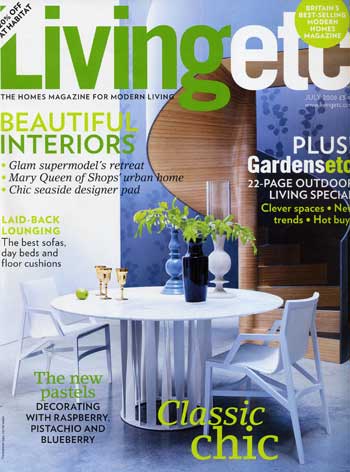
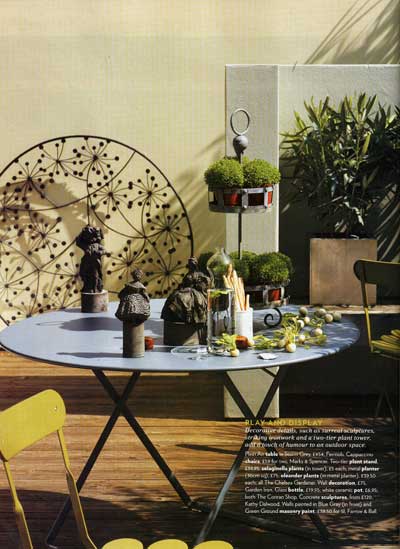
link to Living Etc featuring concrete figurine collection
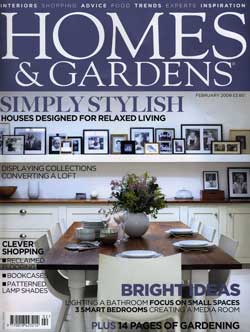
link to Homes & Gardens feature featuring concrete figurine collection
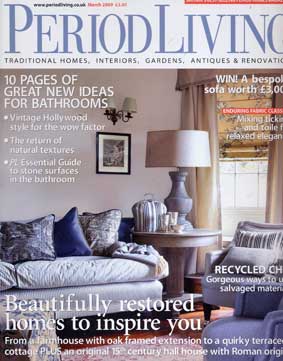
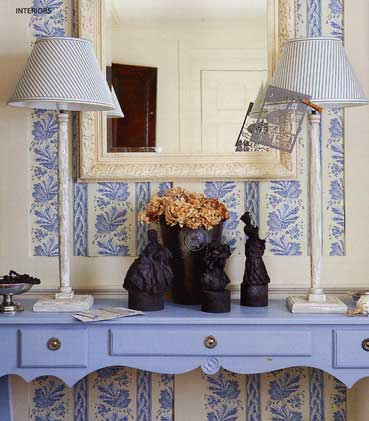
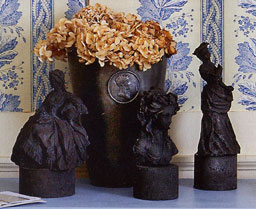
link to
Period
Living magazine featuring
concrete figurine collection
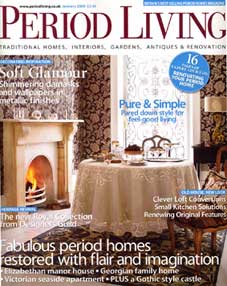
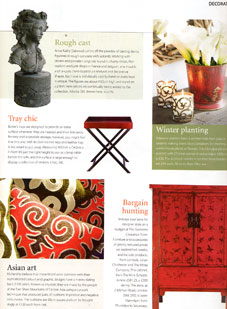
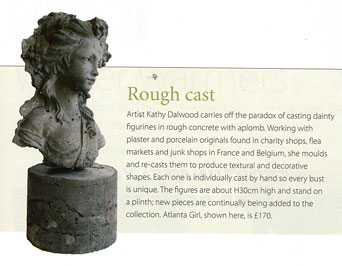
featuring concrete figurine collection
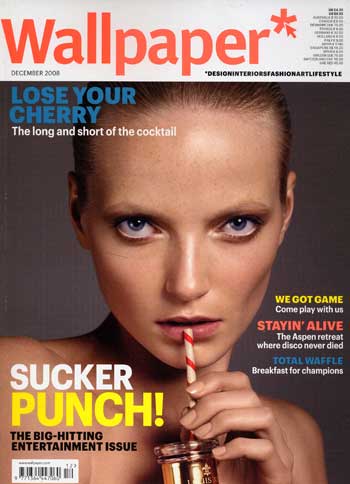
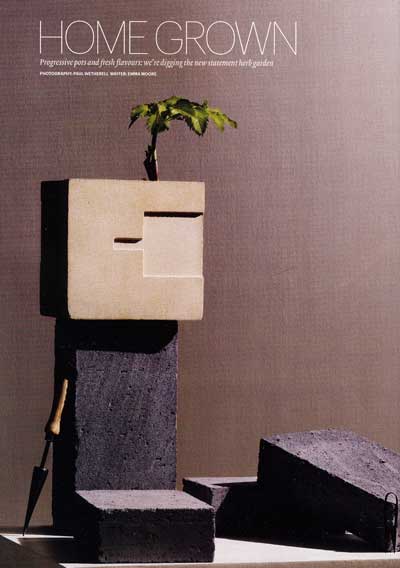
link to Wallpaper magazine featuring concrete planters
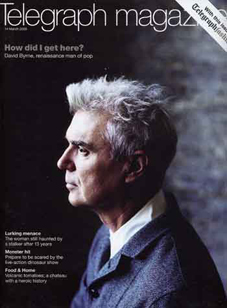
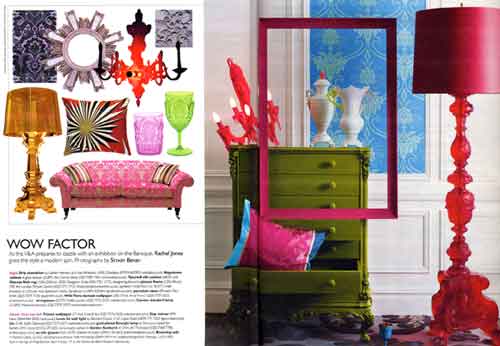

link
to concrete baroque tiles
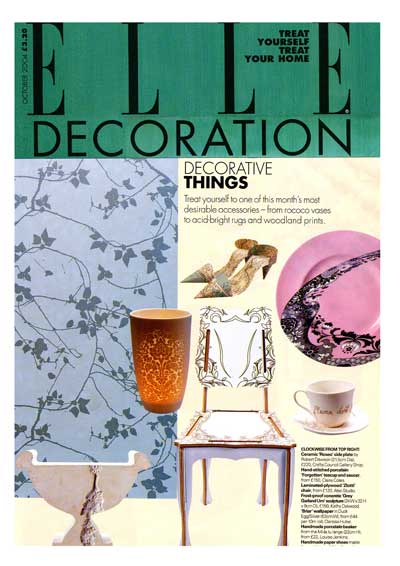
featuring concrete urn sculptures and concrete baroque tiles
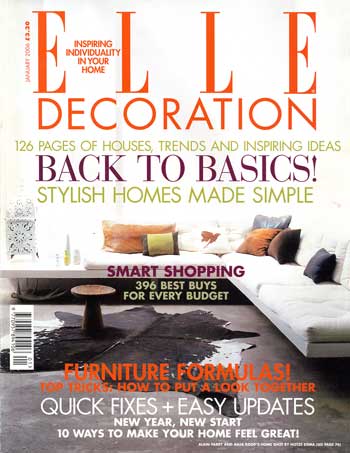
featuring concrete planters and concrete urn sculpture
featuring concrete planters
featuring concrete planters link to Telegraph Magazine
concrete soap dish collection
